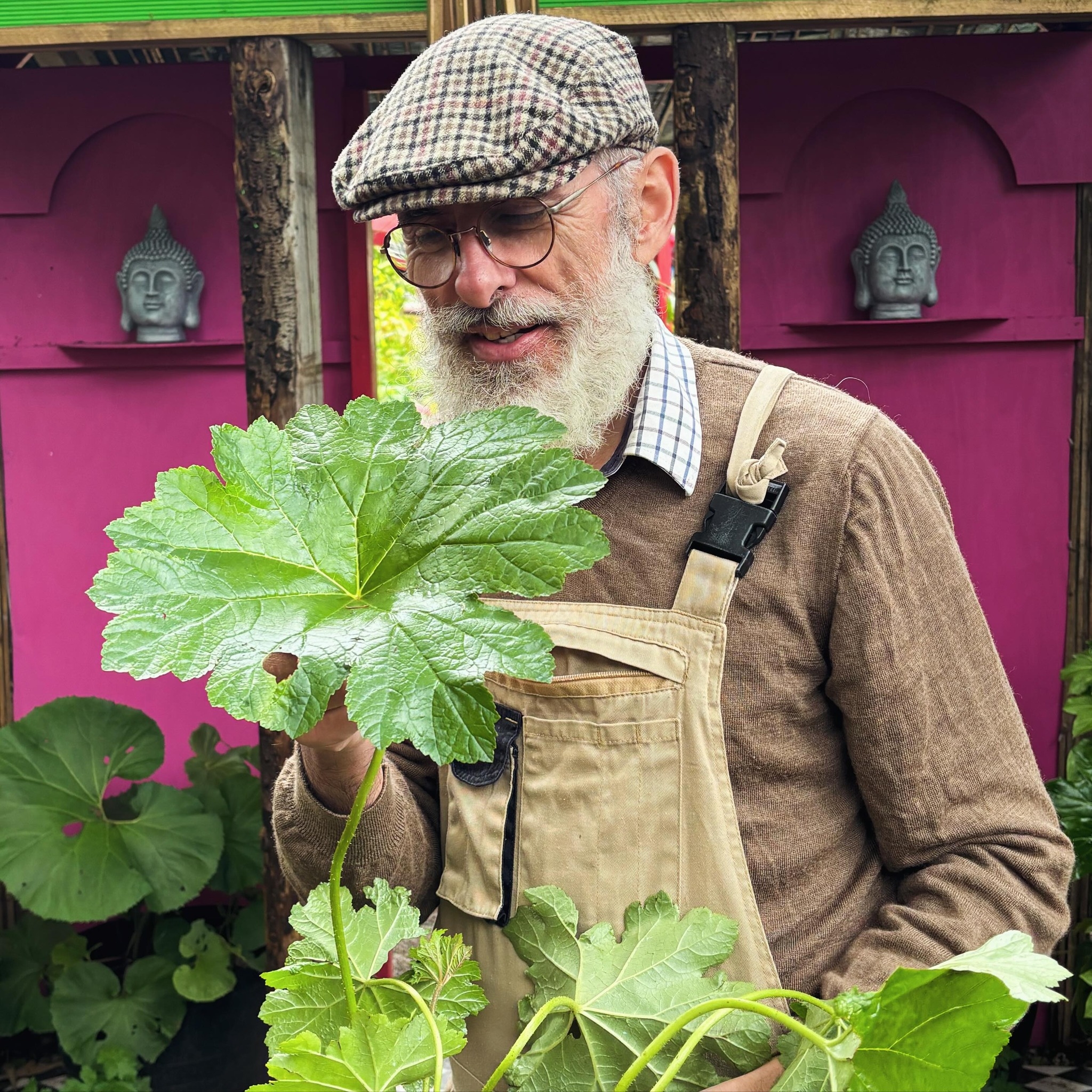Definition:
Aeration in botany refers to the process or condition of allowing air to circulate through or within a plant’s tissues, soil, or growing medium. It ensures that oxygen reaches plant roots and other parts while facilitating the removal of carbon dioxide and other gases. Aeration is critical for respiration and overall plant health.
Examples in Plants and Soils:
- In Plants: Specialized structures like lenticels on stems and pneumatophores (aerial roots) in mangroves allow for gas exchange in waterlogged environments.
- In Soil: Loosening compacted soil through mechanical means improves aeration, enabling roots to access oxygen more effectively.
Significance in Botany:
Proper aeration is essential for root respiration and microbial activity in the soil. It prevents conditions such as root rot, promotes nutrient uptake, and ensures plant vigor. Plants in poorly aerated environments often exhibit stunted growth and yellowing.
Etymology:
Derived from the Latin word aerare, meaning “to expose to air.”




